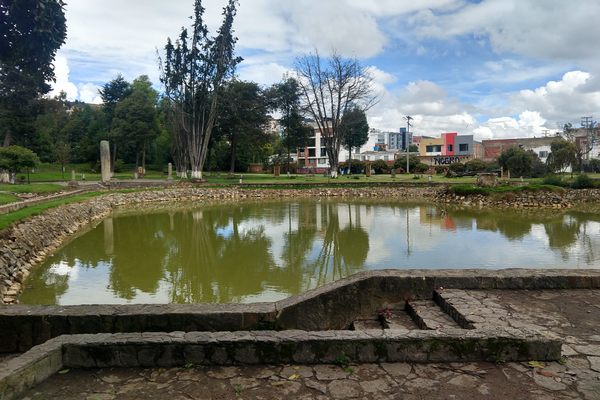About
During the 17th and 18th century, Jesuit missionaries founded dozens of settlements in South America, especially in Paraguay, northern Argentina, and southern Brazil, in an effort to colonize the area and evangelize the locals.
The expansion of European empires heightened interest in mission societies, who saw opportunity in newly colonized territories and their native peoples. Each of these missions would effectively function as a "state within a state," remaining autonomous and isolated from Spanish and Portuguese rule. The result was self-contained societies in which Indigenous people and the European settlers lived together. Though the locals were not forced into living in the missions, they were expected to convert to Christianity.
Paraguay contains some of the best-preserved and easily accessible examples of Jesuit missions, like La Santísima Trinidad de Paraná and the nearby Jesús de Tavarangüe, a reduction located in the south of the country, in the small town of Trinidad. This mission was one of the latest ones, being founded in 1706. It featured a large central plaza, a church, a school, a museum, several workshops, and houses.
The Jesuits were expelled from Spanish colonies in 1768, and all the missions were abandoned. Many were looted by people searching for gold or other goods left behind by the missionaries. But la Santísima Trinidad de Paraná was mostly spared from destruction, along with the nearby mission of Jesús de Tavarangue.
Related Tags
Community Contributors
Added By
Published
May 13, 2021







































